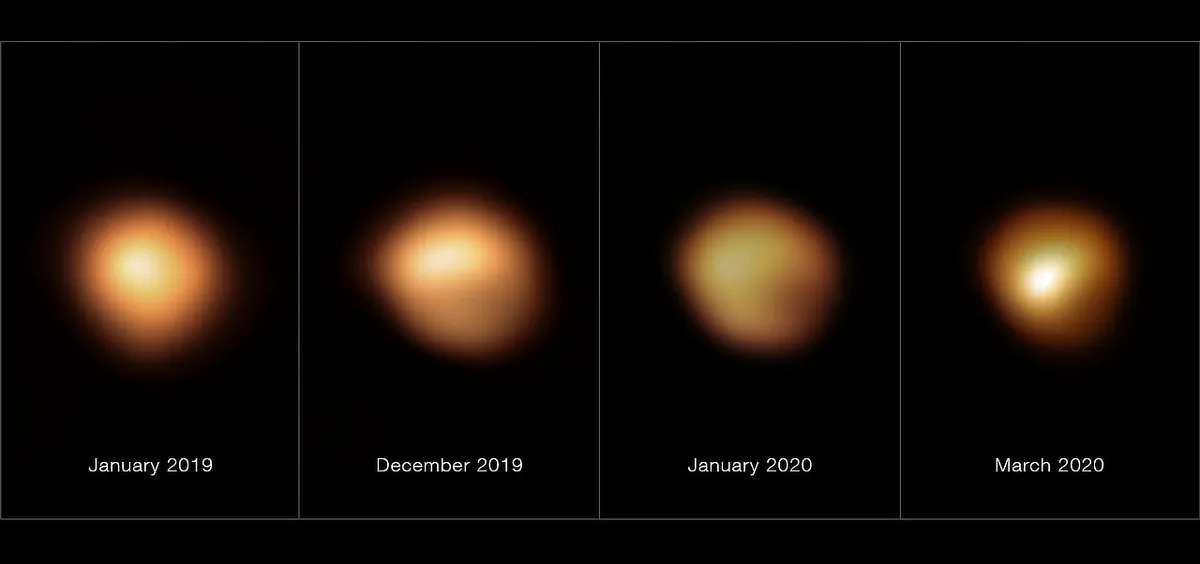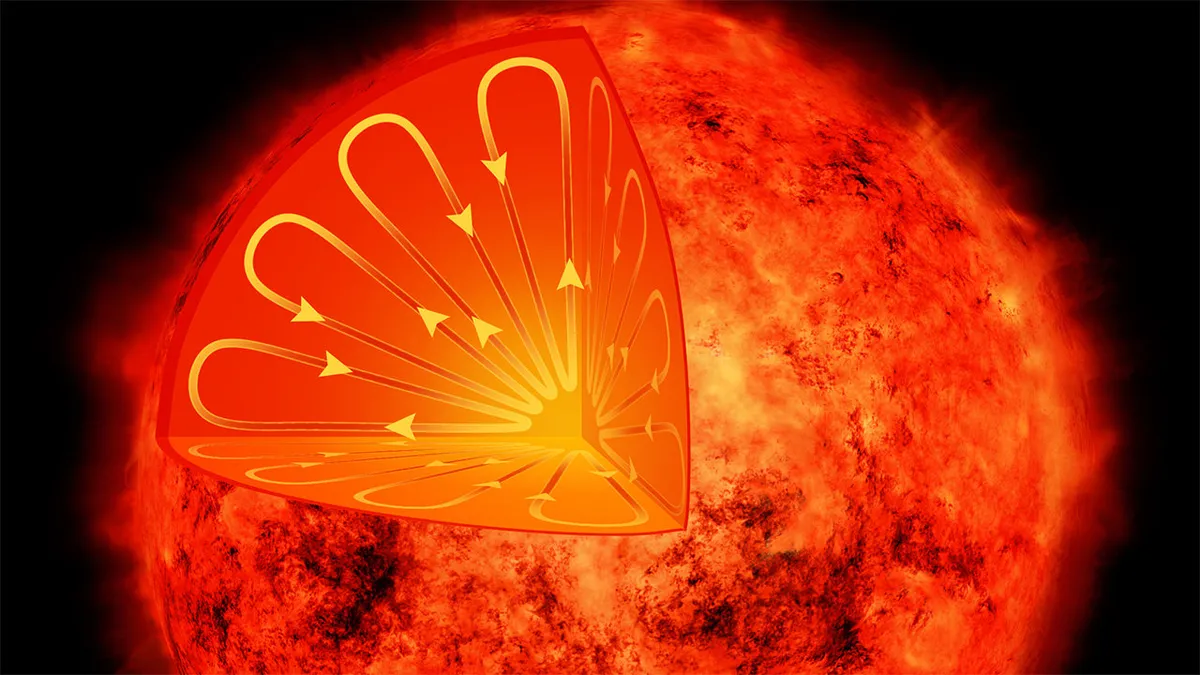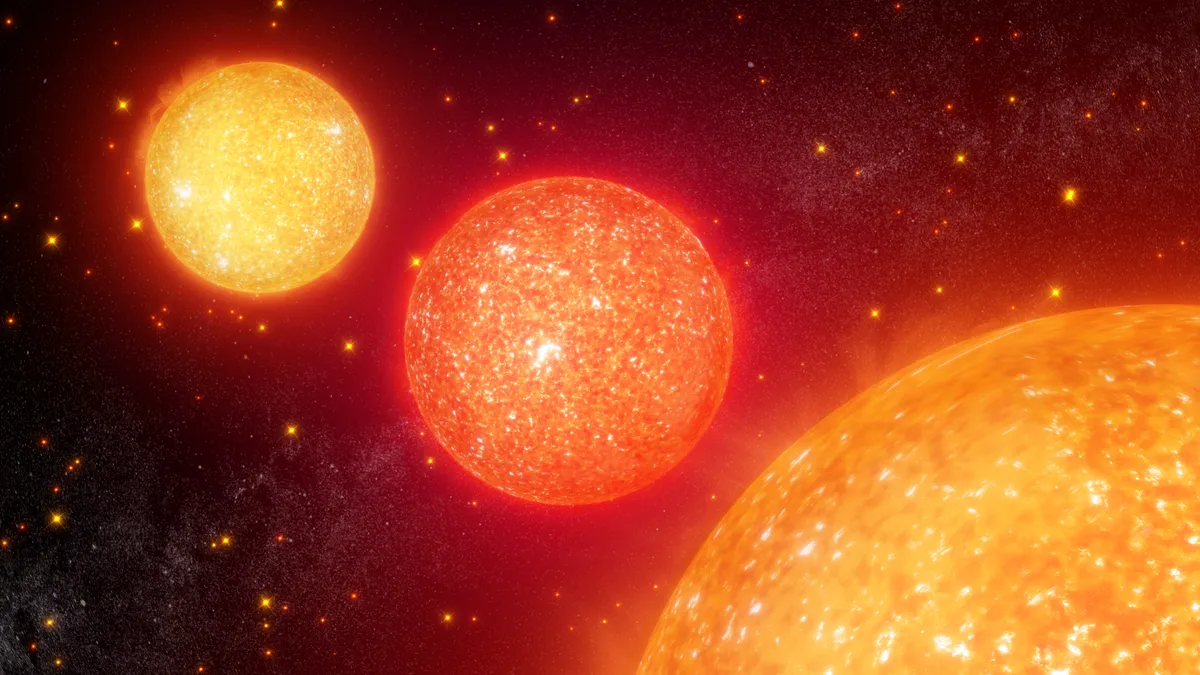Could Betelgeuse go supernova within the next few decades?
The debate over when the star will explode has been reignited after the star brightened by almost 50 per cent over May and June 2023.
Betelgeuse is a red supergiant around 500 to 600 lightyears from Earth and makes up the left shoulder of the constellation Orion.
It is expected to go supernova at some point in the next 100,000 years.

However, a recent paper on the star, led by Hideyuki Saio from Tohoku University in Japan, determined the star could be at the end of its final life stage, the carbon-burning phase.
Saoi expects that “the core will collapse a few tens of years after the carbon exhaustion”.
However, Betelgeuse might have a few more millennia left in it yet, as another group led by László Molnár from Konkoly Observatory in Hungary, have since replied to the result with their own findings that suggest Betelgeuse is in the earlier helium-burning stage of its lifecycle.
Whichever might be the case, Betelgeuse remains a good candidate to be the next supernova seen from within the Milky Way galaxy.
Why is Betelgeuse getting brighter?
Astronomers have long known that Betelgeuse’s brightness varies over time, most predominantly following a 400-day long cycle.
However, in recent years its brightness has changed far more than is normal for these variations.

These images were taken with the SPHERE instrument on ESO’s Very Large Telescope, during Beletelgeuse's period of dimming.
Starting in December 2019, Betelgeuse dimmed by a factor of around 2.5 from its usual mag. +0.5, reaching a low of mag. +1.6 from 7 to 13 February 2020, before returning to its normal brightness over the following few months.
Astronomers now believe Betelgeuse's dimming was caused by a huge ejection of matter from the star, which cooled to form a dust cloud that temporarily blocked some of the star’s light from view.
This process would have caused a lot of turbulence within the internal flows of the star’s plasma, as well as disrupting its magnetic field.
It’s highly likely that the aftereffect of this event is causing the brightening we see now.

What type of star is Betelgeuse?
Betelgeuse is a red supergiant star. At around eight million years old, it is in the latter stages of its life cycle, having burned through the hydrogen in its core.
Stars spend most of their lives fuelled by converting hydrogen into helium. The energy produced by this supports the star against the crushing weight of its own gravity.
For large stars, when this hydrogen runs out in the core, they instead begin to burn helium into carbon, and the resulting interactions throughout the star cause it to swell up to a red giant around this time.

Then when the helium is gone, the carbon begins to burn into other elements, but when this runs out, no remaining potential fuel produces enough energy to support the star against gravity.
The core collapses to form a solid neutron star, which the inrush of surrounding gas rebounds against to form a supernova.
When with Betelgeuse explode?
Astronomers agree that Betelgeuse will go supernova soon, but soon in astronomical terms could mean anytime in the next 10,000 to 100,000 years.
If the star is in its carbon burning phase, as Saoi predicts, then it could be on the shorter end of that, though it may still take several more centuries to burn through its remaining carbon.
Meanwhile, if the star is still in its helium burning phase, as Molnár thinks it is, then we could still have a long wait for Betelgeuse to explode.

Unfortunately, determining exactly which stage Betelgeuse is in – carbon or helium burning – is difficult to determine for two reasons.
Firstly, despite being only around 500-600 lightyears from Earth, astronomers have struggled to pin down many of Betelgeuse's basic attributes– such as its age, mass or even how far away it is – with the necessary precision, due to the star's variability.
Without knowing these, it is difficult to determine exactly where in its life cycle the star is.
Secondly, the carbon burning phase doesn’t change the exterior of a star, meaning it will look the same regardless of whether it has just begun its carbon burning, or is nearing the end.
When it comes to Betelgeuse, it looks like we’ll just have to watch and wait.
